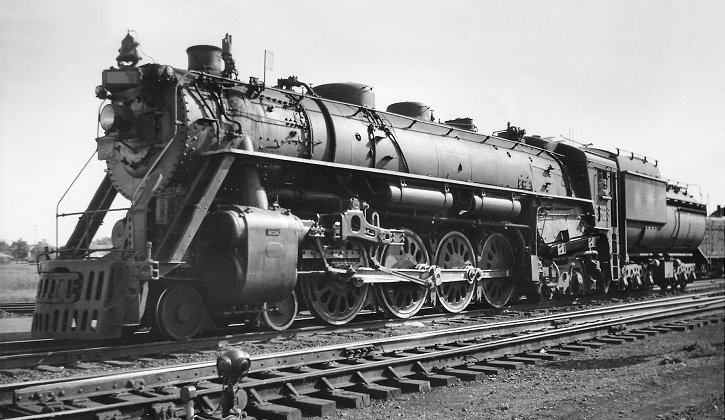1. Frame :-
It is a heavy cast iron part which supports all the stationary as well as moving parts and holds them in proper position. It, generally, rests on engine foundations.
2. Cylinder :-
It is also a cast iron cylindrical hollow vessel, in which the piston moves to and fro under the steam pressure. Both ends of the cylinder are closed and made steam tight. In small steam engines, the cylinder is made an integral part of the frame.
3. Steam chest :-
It is casted as an integral parts of the cylinder. The super heated steam at a high pressure (above 20 atmospheres) from the boiler is fed into the steam chest and it than supplies to the cylinder with the movement of D-slide valve.
4. D-slide valve :-
It moves in the steam chest with simple harmonic motion. Its function is to exhaust steam from the cylinder at proper moment.
5. Inlet and exhaust ports :-
These are holes provided in the body of the cylinder for the movement of steam. The steam is admitted from the steam chest alternately to either sides of the cylinder through the inlet ports, P1 and P2. The steam after doing its work in the cylinder, is exhausted through the exhaust port.
6. Piston :-
It is a cylindrical disc, moving to and fro, in the cylinder because of the steam pressure. Its function is to convert heat energy of the steam into mechanical work. Piston rings, made from cast iron, are fitted in the grooves in the piston. Their purpose is to prevent the leakage of steam.
7. Piston rod :-
It is a circular rod, which is connected to the piston on one side and cross-head to the other. Its main function is to transfer motion from the piston to the cross-head.
8. Cross-head :-
It is a link b/w the piston rod and connecting rod. Its function is to guide motion of the piston rod and to prevent it from bending.
9. Connecting rod :- It is made of the forged steel, whose one end is connected to the cross head and the other to the crank. Its function is to convert reciprocating motion of the piston(or cross head)into rotary motion of the crank.
10. Crankshaft :-
It is the main shaft of the engine having a crank. The crank works on the lever principle and produces rotary motion of the shaft. The crankshaft is supported on main bearings of the engine.
11. Eccentric :-
It is generally made of cast iron, and is fitted to the crank shaft. Its function is to provide reciprocating motion to the slide valve.
12. Eccentric rod and valve rod :-
The eccentric rod is made of forged steel, whose one end is fixed to the eccentric and other the valve rod. Its function is to convert rotary motion of the crankshaft into to and fro motion of the valve rod. The valve rod connects the eccentric rod and the D-slide valve. Its function is to provide simple harmonic motion to the D-slide valve.
13. Flywheel :-
It is heavy cast iron wheel, mounted on the crank shaft. Its function is to prevent the fluctuation of engine. It also prevents the jerks to the crankshaft.
14. Governor :-
It is a device to keep the engine speed, more or less, uniform at all load condition.
It is done either by controlling the quantity or pressure of the steam supplied to the engine.
It is done either by controlling the quantity or pressure of the steam supplied to the engine.








No comments:
Post a Comment